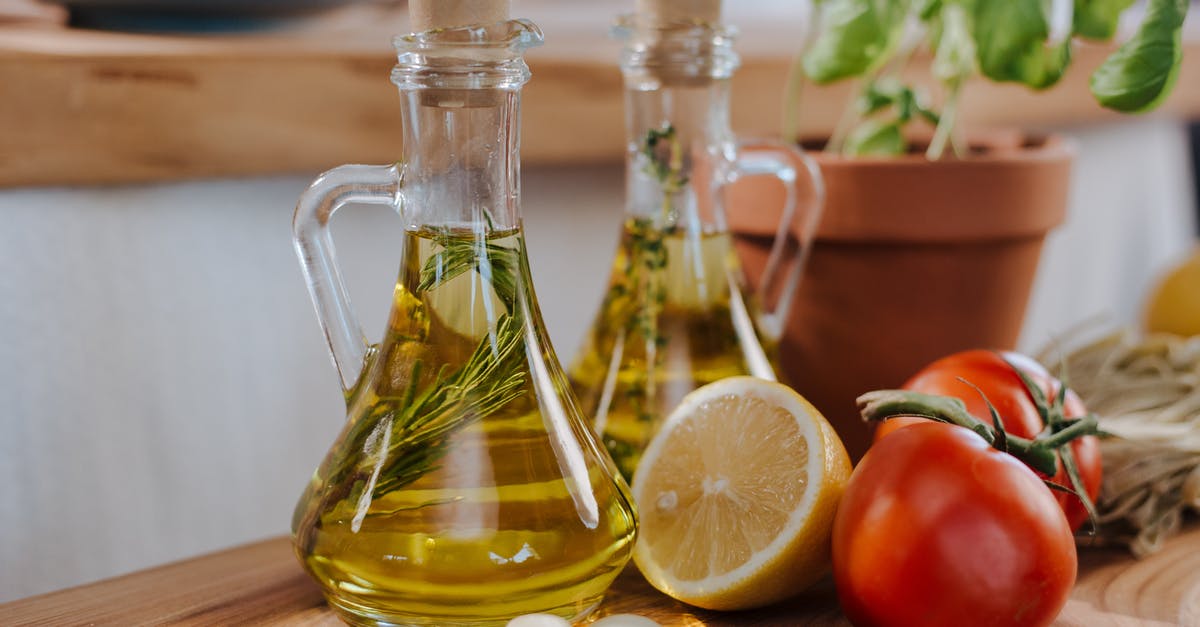Why is a roux necessary?

A classic bechamel sauce is a roux and milk. Why can’t I just add the flour directly to the milk and cook till thickened, stirring vigorously to keep it from clumping?
Best Answer
You do not need to make a roux. While your proposed technique of adding flour directly to milk will almost certainly lead to clumps, there are other ways to incorporate flour, butter, and milk: namely, a beurre manié.
First, let's explore why flour clumps in hot liquid. As explained in this Seattle Times cooking advice column, flour will immediately gelatinize when added -- forming a sort of gel-like barrier that encases clumps of flour. No amount of stirring will break up these clumps. A simple fix is to use Wondra or a similar product. This flour is specially formulated to avoid clumping; I am not familiar with the details of their process, but I know that the product can be directly whisked into a sauce without clumping. It is fairly popular in America for making gravies.
But, with standard flour, the best fix is to work in fat: it works as a lubricant, keeping particles of flour separated for long enough to incorporate into the sauce. As you know, one method to accomplish this is to make a roux: flour is added to hot fat and stirred until incorporated. Only then is liquid slowly added. An alternative is to make a beurre manié: a mix of cold butter and flour that is added, uncooked, to the sauce.
Both a roux and a beurre manié provide sufficient lubrication to prevent clumps; however, many chefs prefer roux for a variety of reasons.
Making a roux requires less mechanical action. Working cold flour and butter requires a lot of stirring or kneading. A roux, on the other hand, can be quickly whisked together with less resistance. This is ultimately a personal preferences: you may find one or the other workflow easier.
Some people think a beurre manié tastes "floury". The hot butter in a roux lets you "cook out" the floury taste, some say. Not everyone agrees: this cook tried both methods, and in a taste test, saw no discernible difference. If a sauce thickened with beurre manié tastes good to you, go for it.
In the same vein, a roux lets you toast the flour. Dishes that use "dark roux" (like gumbos, etouffée, or Japanese curry) rely on this toasty flavor for depth, color, and balance. In this case, you cannot substitute a beurre manié without losing flavor.
The beurre manié has a bit of a bad reputation as a "shortcut" or inferior option to the roux. But, if you are struggling with roux, or just want to try a different process, I encourage you to give it a shot. If you do get some clumps, you can always just strain the sauce through a fine sieve.
Pictures about "Why is a roux necessary?"



Quick Answer about "Why is a roux necessary?"
Two reasons. First, a roux is useful for cooking the raw flavor out of the starch, which leads to better flavor and aroma in the final dish. And second, when you combine the starch with a fat, each starch granule becomes coated in the fat.Why I Quit Roux for CFOP (feat. CriticalCubing)
More answers regarding why is a roux necessary?
Answer 2
If you want to make bechamel, a roux is necessary because, well, that's what bechamel is. If you use your proposed method (or anything else) then the result will not be a bechamel, per definition, and it will also taste differntly. In the first place, you will be missing all the fat, and then there are subtleties like the flour not being fried.
This doesn't have to stop you from using a flour-thickened milk, as you propose. Nobody stops you from experimenting with it, and developing recipes with it if you would like to. (I am not aware of any classic recipes which use it). Also, you may want to look into using starch instead of flour for that application - it is easier to work with than non-fried flour.
Answer 3
The flour must be cooked in oil, otherwise the flour will never get hot enough to undergo the changes looked for in a roux.
The oil will easily be over 350F, but milk will never get hotter than boiling.
Answer 4
At the risk of heterodoxy, you can. That great British author of they-just-work recipes, Delia Smith, does exactly what you suggest: puts everything in a saucepan and whisks it. She avoids clumping by starting with everything cold, and the recipe specifically addresses the cooking-out-the-floury-taste issue others have raised. Though I personally prefer to make the roux first because, well, reasons, I've tried it, and it works; one of my sisters swears by it.
Answer 5
If it's 5 minutes to go and I find I need to thicken a stew, ragout or whatever I premix the flour with maybe three times its volume of cold water by shaking them in a small jar. It's important to mix really well while adding it to the pan or it will form blobs or strands that look ... well, use your imagination.
Sources: Stack Exchange - This article follows the attribution requirements of Stack Exchange and is licensed under CC BY-SA 3.0.
Images: Anna Tarazevich, Max Vakhtbovych, Ron Lach, Thirdman
